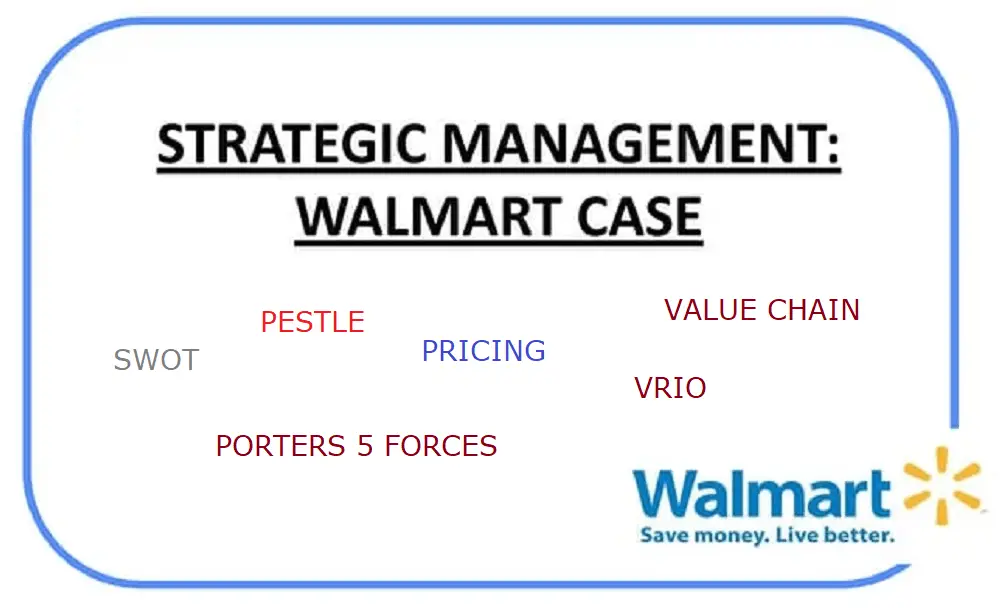
Here are various strategies adopted by Walmart over the years that has helped the company become a retail giant.
Pricing Strategy
The pricing strategy of “Everyday Low Prices” has been at the core of the business model of Walmart. This strategy is focused on selling goods at a lower price per item at all times, not just during special sales periods or holidays.
Rather than competing setting prices of product at the head office, managers were allowed to set prices based on the prices offered by competitors close by. This allowed the stores to react quickly to the unique changes in each market.
The idea is that the company will gain high profits by selling a larger volume of goods not by increasing the profit by item. The low prices offered by Walmart is primary reason shoppers have continued to patronize the store over the years.
Supply Chain Management
On of the reasons Walmart has been able to sustain its lowprice advantage is because of the robust but efficient supply chain the company has been able to build. Walmart arguably has the best supply chain of any business in the world.
Walmart buys from a large number of suppliers which gives the company the bargaining power when negotiating lower prices with suppliers. This allows Walmart to be able to pass on its savings to its customers.
Walmart’s supply chain is also quite efficient thanks to technology. In the early 1980s Walmart started investing heavily in technology. It was an early adopter of electronic scanning, automated distribution systems and EDI. By the 90s, EDI supported inventory management throughout the company. The company also launched Retail Link that allowed suppliers and store managers to determine the specific traits of a Walmart location.
Distribution
This advantage falls under supply chain management also. Because Walmart originally focused on opening in small towns, it was hard getting distributors this led to Walmart building their own warehouse, allowing them to buy in large quantities at good prices and store the merchandise. Walmart let suppliers deliver goods to the warehouse, but Walton used his own trucks to ship goods to Walmart locations.
This led to Walmart expanding by adding stores that were within a day’s drive of each associated distribution center. This gave Walmart the advantage of being able to restock each store within a day.
Walmart owns its fleet of trucks this allowed the company to control every aspect of delivery and scheduling. Walmart’s distribution channel was so efficient that the company took over the transportation of some of its suppliers. This allowed the company to reduce the number of stockouts or overstocks. In addition, the efficiency of the supply chain allowed store locations to only allocate 10% of its footprint to inventory storage.
Brand Equity
Walmart is loved and trusted by many. One of the core company values is customer focus. The company focused on good customer service and winning the trust and loyalty of customers. The constant good prices, consistent quality of products in conjunction with good customer service has allowed Walmart to maintain strong brand equity and this equity translates into increased sales and revenue for the company.
International Expansion
Walmart started international expansion in the early 90s. In the 90s the company expanded to Mexico, Canada, United Kingdom, Germany and China. By 2020, Walmart International operated in 26 countries and produces 28% of the company’s revenue.
BATheories.com is managed by a group of educators from Mumbai. We also manage the website AcademicsHQ.com. Our panel includes experienced professionals and lecturers with a background in management. BATheories is where we talk about the various business theories and models for BA (Business Administration) students.